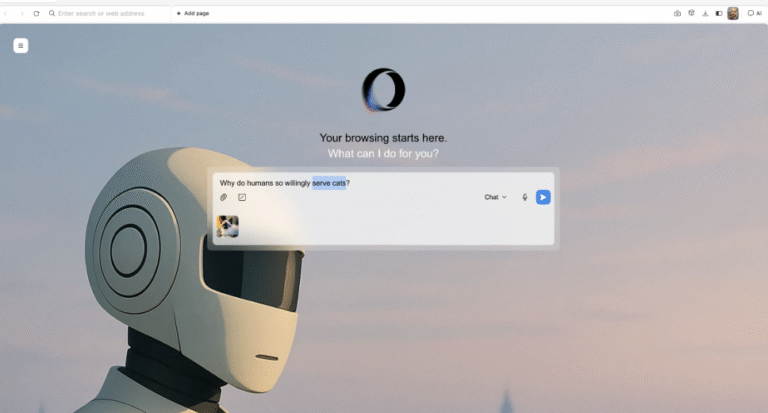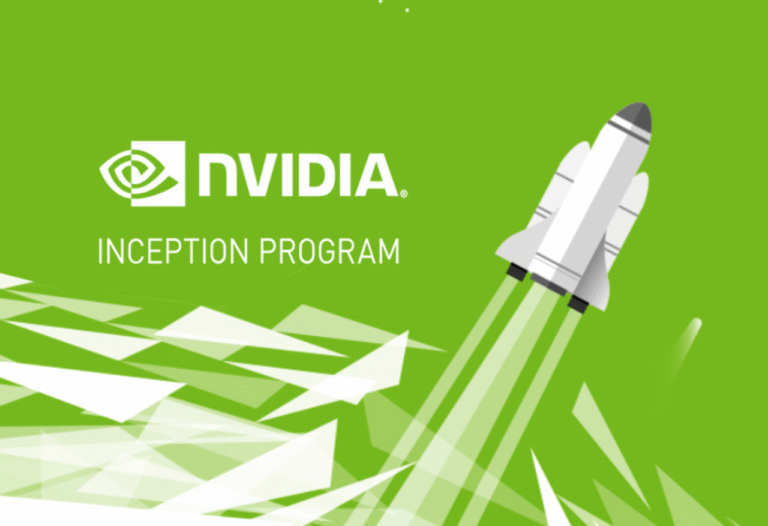Arabic is one of the oldest languages in the world. It’s also one of the youngest online. The Arab world now counts more than 348 million internet users, or roughly 70 percent of its total population, according to Orient Planet Research. In Saudi Arabia, the digital economy already contributes around 15 percent of GDP, valued at USD 132 billion, based on Arab News. Yet most of the software that drives that economy still thinks in English.
Arabic sits fifth among the world’s most used languages, spoken natively by roughly 450 million people and as a second language by another 30 million, according to Ethnologue. Online, it represents nearly 5 percent of global web users. But to Silicon Valley, Arabic often remains a translation task, something to add after launch. The biggest AI models, from ChatGPT to Gemini, still treat the script as a complication. Voice assistants stumble over dialects. Websites break layouts when the text flips right-to-left. The problem isn’t a bug in the code. It’s a bias in the blueprint.
That bias shows in the details. Arabic script is contextual, changing shape depending on its position in a word. Punctuation rules differ. Local dialects mutate faster than models can catch up. A 2024 arXiv study found that even major Arabic websites misuse basic font settings, leading to readability losses of up to 40 percent. When the interface doesn’t feel native, users adapt. But it costs trust.
AI has made the gap starker. Large-language models were trained mostly on English-language data. When asked to summarise Arabic text, they often return grammatically correct but tonally flat answers. They can parse syntax but not subtext. And when half the population in the Arab world is under 35 years old, as Intelligent CIO notes, tone matters. These users are digital-native, culturally expressive and expect technology to understand them, not just translate them.
Some regional founders stopped waiting for global platforms to catch up. In Riyadh, Lucidya built an AI engine that listens to Arabic sentiment across fifteen dialects, giving brands a tool that finally hears their customers. In Amman, AlTibbi created a telehealth platform in Arabic that now serves over 25 million monthly users. Tamatem Games, also from Jordan, turned mobile gaming into a regional business by publishing Arabic-localised titles for 100 million players. Cairo’s Nanovate raised USD 2 million to build a full Arabic AI stack covering twenty-two dialects. Abjjad built a subscription service for Arabic ebooks, with 1.5 million readers. And in Dubai, Nabd delivers Arabic news to 30 million devices each month.
They share a principle: Arabic first is not a localisation feature. It’s architecture. Their products start right-to-left, not left-to-right. They train on dialects instead of forcing users toward Standard Arabic. They make tone a design choice. The payoff shows up in numbers. RedSeer Consulting reports that nine out of ten Saudi users prefer applications offered in Arabic, even when English versions exist.
Governments are now framing this as strategy. Saudi Arabia’s National Data Bank and the UAE’s Artificial Intelligence Office are developing sovereign datasets to train local models. The Saudi Data and AI Authority is building Fanar, a large-language model tuned to Arabic semantics and culture. These programs are not symbolic. Whoever trains the data controls the next interface of information.
The investment is catching up with ambition. The Mordor Intelligence forecast for the Middle East digital-transformation market expects growth from USD 58 billion in 2025 to USD 179 billion by 2030, a compound annual rate above 25 percent. Much of that money still supports multilingual infrastructure, but a growing slice is flowing into Arabic-first ventures. The argument is shifting from cultural pride to commercial logic.
For founders, the opportunity is clear. Build from Arabic upward. Structure datasets around dialects. Design layouts and payment systems for local habits. The same way WeChat built an economy on Chinese design assumptions, or Paytm did in Hindi, the Arabic internet is ready for its own stack.
Global tech still doesn’t see it. But the next billion users already do. They are not waiting for translation updates. They are building the version of the web that finally speaks back in their own language.




If tech can’t speak Arabic, it can’t scale